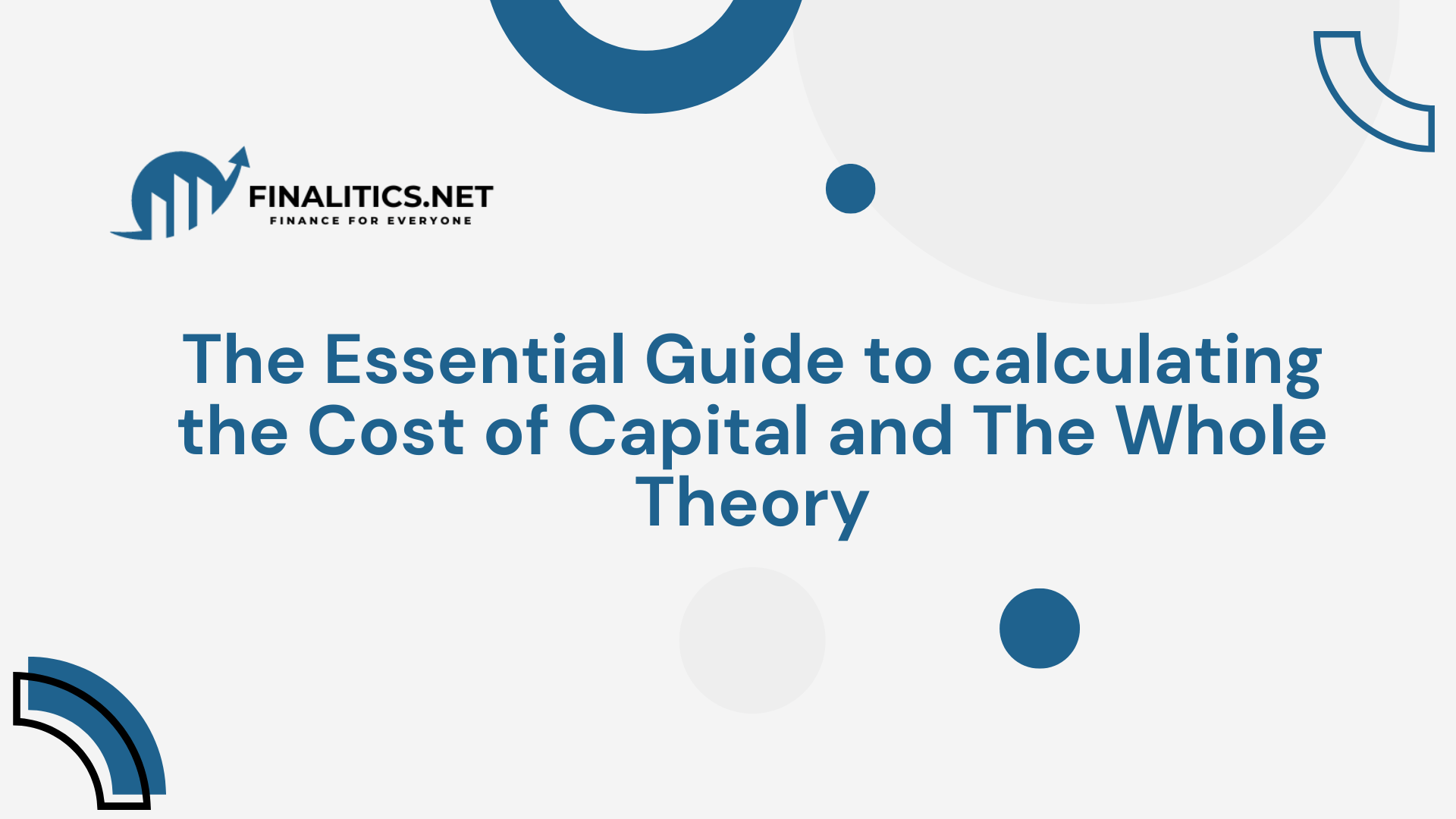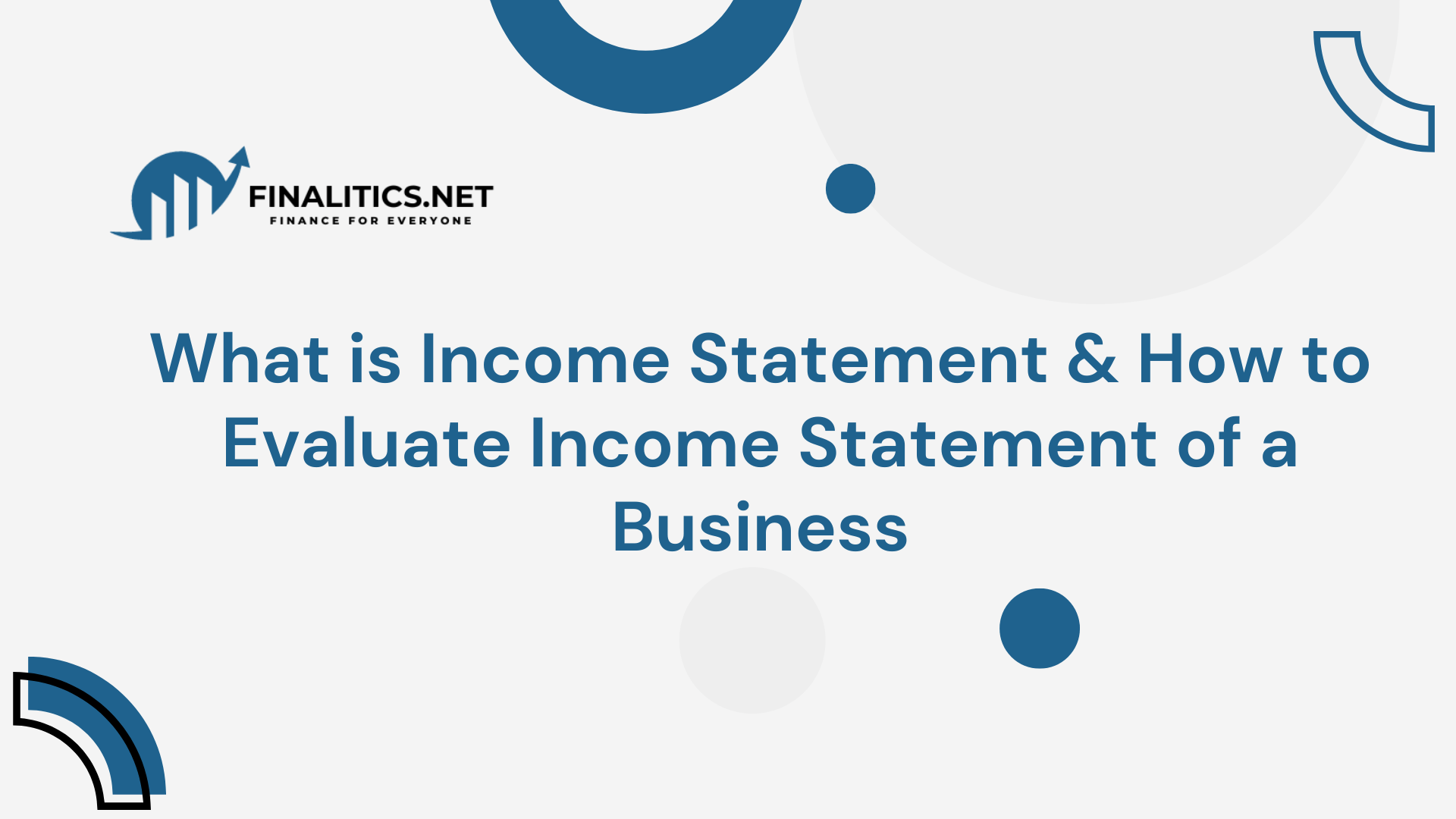In the world of finance, risk and return go hand-in-hand. Investors and banks alike need to assess not only the potential returns of an investment or loan but also the risks involved. This is where the Risk-Adjusted Return on Capital ( RAROC ) model comes into play.
Table of Contents
AROC helps evaluate whether a financial operation is worth the risk, considering the capital involved. This detailed article will explore the RAROC formula, how to calculate RAROC and the importance of RAROC analysis in finance and banking. Plus, we’ll walk you through an example of RAROC calculation to help you fully grasp how it works.
What is RAROC? (RAROC Definition)
RAROC stands for Risk-Adjusted Return on Capital, a financial metric used to evaluate the return generated by a loan or investment relative to the risk it carries. In other words, RAROC helps assess a financial operation’s profitability while considering its associated risks. It is an essential tool for banks, investors, and financial institutions when deciding where to allocate their capital.
The meaning of the Risk-Adjusted Return on Capital model is simple: it allows financial institutions to measure returns while adjusting for risk. A higher RAROC indicates a better return for the risk taken, whereas a lower RAROC suggests that the return may not be worth the risk.
Why is RAROC Important? (RAROC in Banking and Finance)
In both banking and finance, RAROC plays a crucial role in ensuring that capital is allocated effectively. Financial institutions such as banks lend money or invest in various projects, and they need to ensure that the returns justify the risks. Here’s why RAROC is important:
- 1. Risk Management: RAROC in banking helps banks evaluate how much risk they are taking when issuing loans or investing in projects. It helps them avoid potential losses by ensuring that the return on investment is worth the capital at risk.
- 2. Capital Efficiency: Managing capital efficiently is key to maximizing profits for banks and other institutions. RAROC helps them make informed decisions about where to allocate capital based on the risk-adjusted return.
- 3. Performance Evaluation: It allows businesses to evaluate the performance of their investments and loans relative to the risk they are exposing their capital to, making it a critical tool in RAROC analysis.
- 4. Investor Confidence: Using RAROC, investors can gauge whether the returns from a specific investment justify the risks, thus ensuring confidence in their financial decisions.
How Does the RAROC Model Work?
The RAROC formula is quite straightforward, but it requires understanding the key components. The basic formula for RAROC is:
Here’s what each component of the formula represents:
Loan (asset) risk or capital at risk: This refers to the capital at risk, which is the amount of money exposed to potential losses from the loan or investment. This is adjusted for the credit risk (the likelihood of default by the borrower) and other factors such as market conditions.
One-year net income on the loan: This is the profit expected to be generated from the loan or investment over one year. It includes the interest income minus any costs or fees associated with the loan (like funding costs).
So, how does this formula apply to Risk-Adjusted Return on Capital calculation in real-world scenarios? Let’s break it down with an example.
RAROC Calculation Example
Imagine a bank is offering a loan of $1 million to a borrower with a duration of 2.7 years. The base interest rate is 5%, and the bank expects the loan’s interest rate to increase by 1.1% due to the borrower’s credit risk. The formula to calculate the RAROC would look like this:
Step 1: Calculate the One-Year Net Income on the Loan
The one-year net income is calculated by subtracting any costs or fees from the interest income generated by the loan. Suppose the total income (spread+fees) generated from the loan is $3000.
Step 2: Determine the Loan (Asset) Risk or Capital at Risk
To calculate loan (asset) risk or capital at risk, we need to account for how interest rate changes affect the loan’s value.
The formula for capital at risk for this adjustment is:
Where:
- \(\Delta LN\): The change in the loan’s value due to changes in interest rates or risk factors.
- \(D_{LN}\): Duration of the loan (in years). The longer the loan, the more sensitive it is to interest rate changes.
- \(LN\): The loan amount.
- \(\Delta R\): The change in the interest rate or risk premium.
- \(R\): The base interest rate (or the original rate before any changes).
Now apply the formula to the above example where:
- – The loan amount (LN) is $1 million,
- – The duration (D_LN) is 2.7 years,
- – The interest rate change (ΔR/1+R) is 1.1%, and
- – The base interest rate (R) is 5%.
Using the formula:
The result, ΔLN = − 28,286, indicates the change in the loan’s value due to the change in the risk premium. In this case, the loan’s value has decreased by $28,286 because of the risk premium or interest rate increase.
Step 3: Calculate the RAROC
Now that we have both the one-year net income ($3,000) and the capital at risk ($28,286), we can calculate the RAROC:
Substituting the values:
Interpretation of the RAROC Result
The RAROC of 10.61% means that for every $1 of capital at risk, the bank is expecting a return of 10.61%. This percentage represents the risk-adjusted return on the loan. In this case, the return of 10.61% is above the bank’s required return (often higher than the base interest rate or benchmark), which makes the loan appear profitable despite the associated risks.
Decision
Given the RAROC of 10.61%, which indicates a positive return relative to the risk, the loan would likely be approved. The return sufficiently compensates for the risk involved in the loan, especially considering that the risk-adjusted return is above the threshold that is the base interest rate (5%) for a good investment.
RAROC for Banks: Practical Application
RAROC is particularly crucial for banks as it helps them determine whether a loan is worth offering, given the risk involved. Banks use RAROC to decide:
- – Which loans to approve
- – How much interest to charge
- – Whether to modify or deny certain loans
With RAROC in banking institutions ensure they maintain a balance between offering competitive loans and managing risks effectively.
Conclusion
The Risk-Adjusted Return on Capital (RAROC) model is an invaluable tool in finance and banking. It helps institutions evaluate the return on investment while considering the risks. Whether for loans, investments, or other financial operations, RAROC provides a clear picture of how much return is being generated relative to the risk taken.
By using the RAROC formula, financial institutions can make informed decisions about where to allocate their capital, ensuring that they achieve maximum profitability while keeping risks under control.
Now that you know what RAROC is in finance, how it works, and how to calculate RAROC, you can appreciate its importance in making sound financial decisions.


